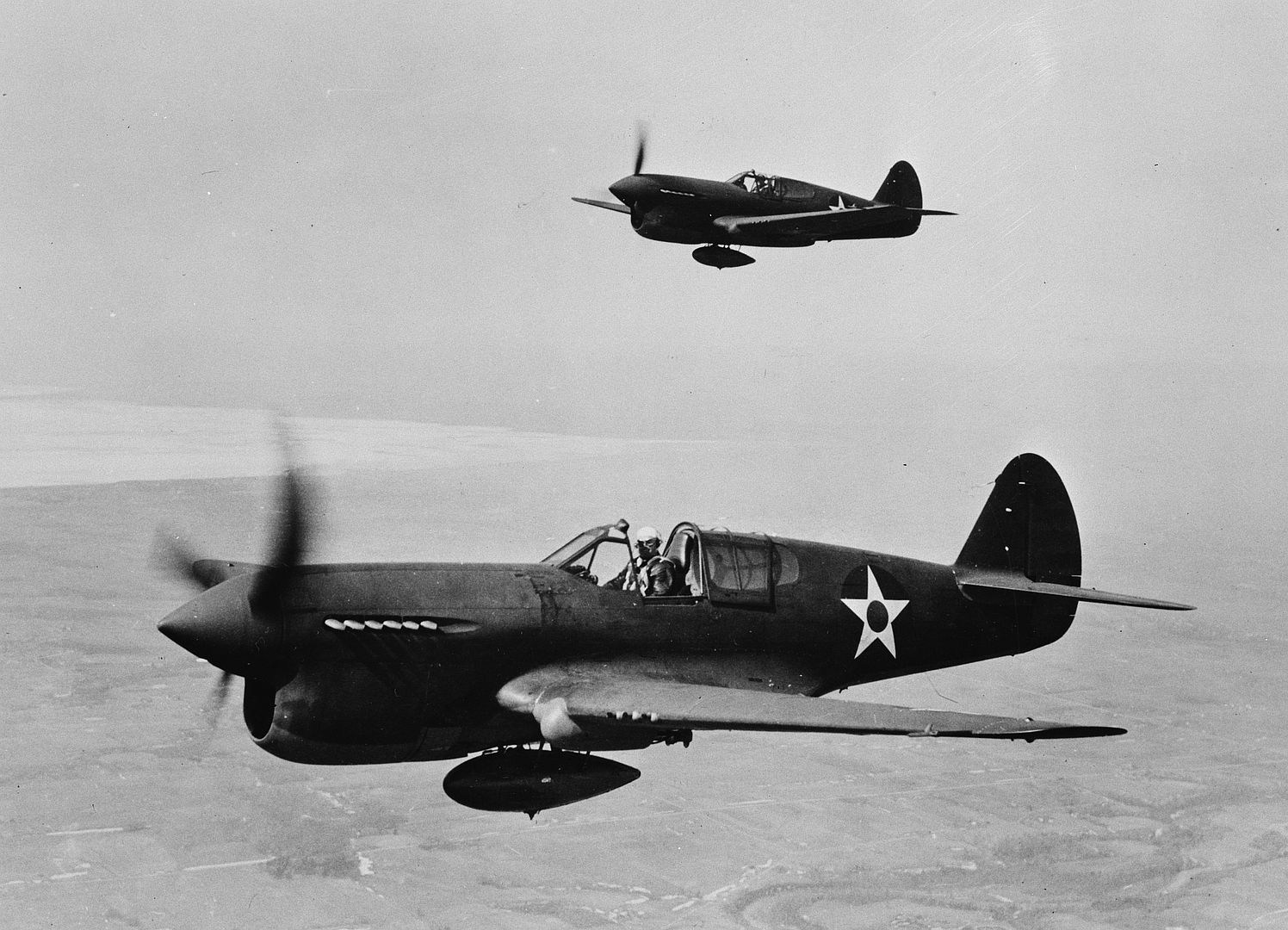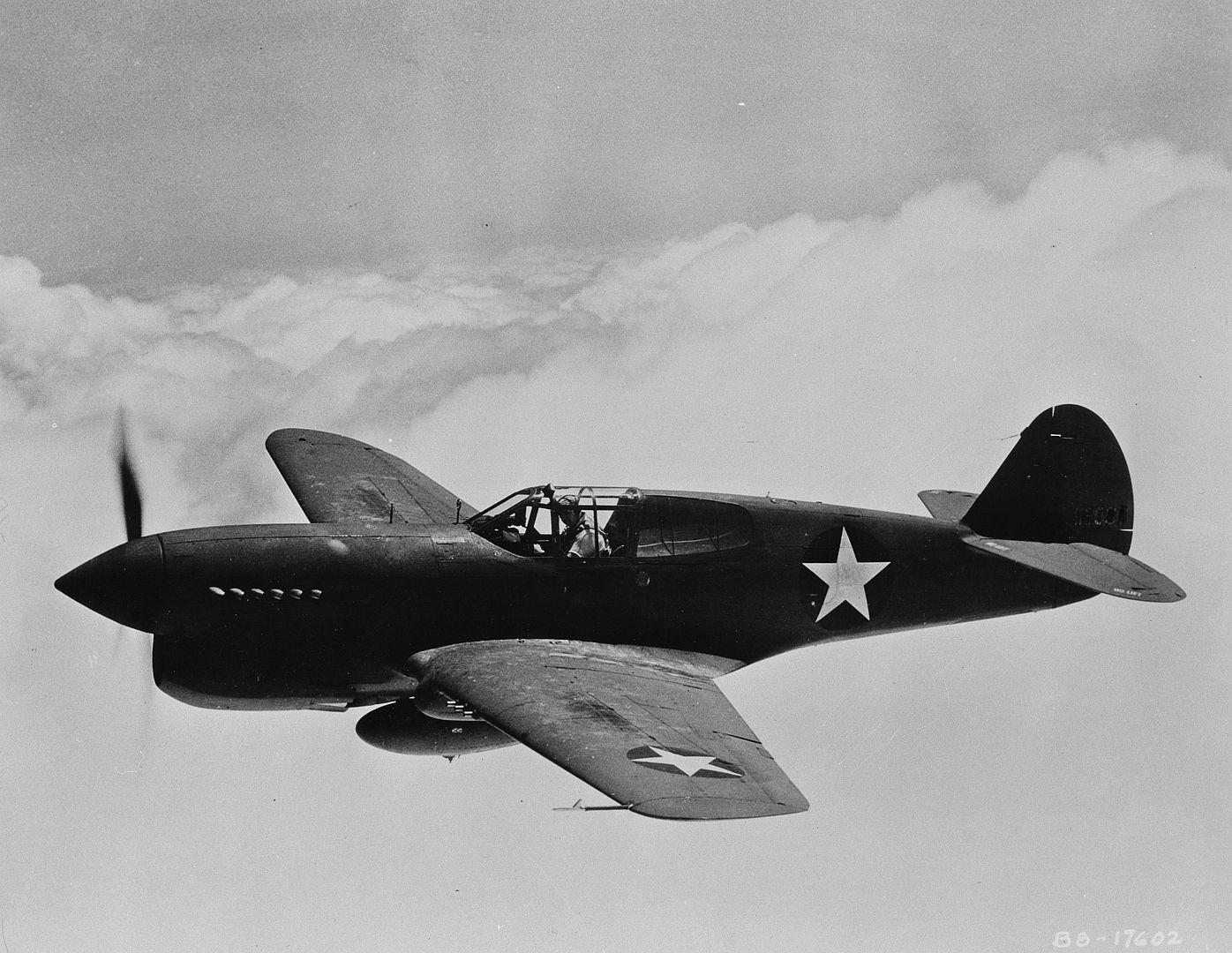Forums
- Forums
- Axis And Allies Forum
- General Discussion
- Photo of the week
Photo of the week
Post a reply
- Go to Next topic
- Go to Welcome
- Go to Introduce Yourself
- Go to General Discussion
- Go to Screenshots, Images and Videos
- Go to Off topic
- Go to Works in Progress
- Go to Skinning Tips / Tutorials
- Go to Skin Requests
- Go to IJAAF Library
- Go to Luftwaffe Library
- Go to RAF Library
- Go to USAAF / USN Library
- Go to Misc Library
- Go to The Ops Room
- Go to Made in Germany
- Go to Campaigns and Missions
- Go to Works in Progress
- Go to Juri's Air-Raid Shelter
- Go to Campaigns and Missions
- Go to Works in Progress
- Go to Skinpacks
- Go to External Projects Discussion
- Go to Books & Resources
-
 Main Admin
Main Admin -
 Main AdminThis midweeks photo.
Main AdminThis midweeks photo.
Taken at Paris in July 1914 a nice shot of the Bristol Scout A, purchased by Lord John Carbery for £400..
The diminutive Bristol Scout, originally referred to as the ‘Baby’, was a single seat rotary engine biplane designed by Bristol Aerplance Company Head Designer Frank Barnwell and Chief Test Pilot Harry Busteed.
It was first flown on 23rd February 1914 with Busteed at the controls. It demonstrated good handling and a top speed of 95 mph on the power of an 80 hp Rolls-Royce Gnome engine. After more flying at Larkhill the prototype, now designated as the Bristol Scout A, returned to Filton to be fitted with larger wings, increasing the chord six inches (15 cm) and the span from 22 ft (6.71 m) to 24 ft 7 in (7.49 m). Other changes included a larger rudder, an open-fronted cowling with external stiffening ribs around the cowl's sides and fabric panel-covered wheels.
It was then exhibited at the March 1914 Aero Show at Olympia in London.
It was evaluated by the British military on 14th May 1914 at Farnborough, flown by Harry Busteed once more and where it achieved a speed of 97.5 mph (157 km/h). The aircraft was then entered for the 1914 Aerial Derby on 23rd May but did not take part because the weather was so poor that Bristol did not wish to risk the aircraft.
Lord Carbery then fitted a Morane-Saulnier G 80 hp Le Rhône engine and raced at the re-scheduled Aerial Derby on 6th June. Unfortunately, it failed to complete the handicapped race, reason unknown.
2 further examples (229 & 230) were being built at Filton and so the prototype was purchased without an engine by Lord John Carbery for £400. It was immediately fitted with an 80 hp Le Rhône 9C nine-cylinder rotary engine and he entered it into the London–Manchester race held on 20th June 1914. Unfortunately the aircraft was damaged when landing at Castle Bromwich and had to withdraw.
After repairs (including a modification to widen the track of the undercarriage) Carbery entered it in the London–Paris–London race held on 11th July but had to ditch the aircraft in the English Channel on the return leg. The cause was later identified as only one of the two fuel tanks being filled before departure. Thankfully, Carbery managed to land alongside a ship and escaped although the aircraft was lost.
This one-off aircraft was retrospectively designated as the Bristol Scout A. -
3 years agoFri Oct 07 2022, 09:07pmDuggy
 Main Admin
Main Admin -
3 years agoSun Oct 09 2022, 11:18amDuggy
 Main Admin
Main Admin -
 Main Admin
Main Admin -
 Main Admin
Main Admin -
 Main Admin
Main Admin -
 Main AdminThis midweeks photo.
Main AdminThis midweeks photo.
Taken at Brussels circa 1921
The Vimy Commercial was a civilian version of the Vickers Vimy bomber, with a larger-diameter fuselage (largely of spruce plywood), which was developed at and first flew from the Joyce Green airfield in Kent on 13 April 1919. Initially, it bore the interim civil registration K-107, later being re-registered as G-EAAV.
The prototype entered the 1920 race to Cape Town; it left Brooklands on 24 January 1920 but crashed at Tabora, Tanganyika on 27 February.
In 1919, the Chinese Government placed a large order for aircraft with Vickers, including 100 Vimy Commercials, which was cut to 40 Vimy Commercials when the final contract was signed in 1920. A Chinese order for 100 is particularly noteworthy; forty of the forty-three built were delivered to China, but most remained in their crates unused, and only seven were put into civilian use.
Five Napier Lion-powered air ambulance versions of the Vimy Commercial were built for the RAF as the Vimy Ambulance. Fifty-five more bomber-transport versions of the Vimy Commercial were built for the RAF as the Vickers Vernon
-
3 years agoFri Oct 21 2022, 04:40pmDuggy
 Main AdminThis weekends photo.
Main AdminThis weekends photo.
During 1932 and 1933, Fairchild Aviation developed a 12-cylinder version of their six-cylinder design, known as the Ranger 6-390. This was an inverted, air cooled, engine with two rows of cylinders in a 60 degree V configuration. The new engine was designated the Ranger V-770. The initial horsepower was rated at 270 hp and evolved up to 575 hp. The major production use was the 520 hp version used in the Fairchild AT-21 twin engine trainer. During 1944, Fairchild proposed and the Air Force agreed to re-engine the AT-6 with the Ranger engine designated the XAT-6E. The concern was that there would be a shortage of the Pratt and Whitney engines and that most army fighters of the period were powered by inline engines (P-40, P-39, and P-51's). Even though the XAT-6E demonstrated increased performance, the war ended and there was now a surplus of AT-6's and the Air force was in the market for a new trainer design. Another reason given for not continuing the program was that the engine proved to be mechanically unreliable and a maintenance nightmare.
The XAT-6E, tail number 42-84241 was a standard AT-6D taken off the North American production line. The plane survived the war and was sold as surplus. The plane re-designated NX74108 was flown by its owner in several air races and then finally sold to someone in South America where it was converted back to the AT-6 configuration.
She was restored and survives at the Western Museum of Flight, Hawthorne, CA.
-
 Main AdminThis weekends extra.
Main AdminThis weekends extra.
A nice shot of Curtiss SB2C-1 Helldiver bombers of Bombing Squadron (VB) 5 pictured on the flight deck aboard the aircraft carrier USS Yorktown (CV-10). VB-5 went aboard Yorktown during May–June 1943 to participate in the ship's shakedown cruise. The results were disastrous, for the squadron's SB2C Helldivers suffered numerous mechanical difficulties, not the least of which was the propensity of the aircraft's tailhooks to pull out of their wells during recovery aboard the ship. Yorktown's skipper, CAPT Joseph C. "Jocko" Clark, became so irate that he had them replaced with Douglas SBD-5 Dauntless dive-bombers, which VB-5 eventually took into combat.
Post a reply
- Go to Next topic
- Go to Welcome
- Go to Introduce Yourself
- Go to General Discussion
- Go to Screenshots, Images and Videos
- Go to Off topic
- Go to Works in Progress
- Go to Skinning Tips / Tutorials
- Go to Skin Requests
- Go to IJAAF Library
- Go to Luftwaffe Library
- Go to RAF Library
- Go to USAAF / USN Library
- Go to Misc Library
- Go to The Ops Room
- Go to Made in Germany
- Go to Campaigns and Missions
- Go to Works in Progress
- Go to Juri's Air-Raid Shelter
- Go to Campaigns and Missions
- Go to Works in Progress
- Go to Skinpacks
- Go to External Projects Discussion
- Go to Books & Resources















